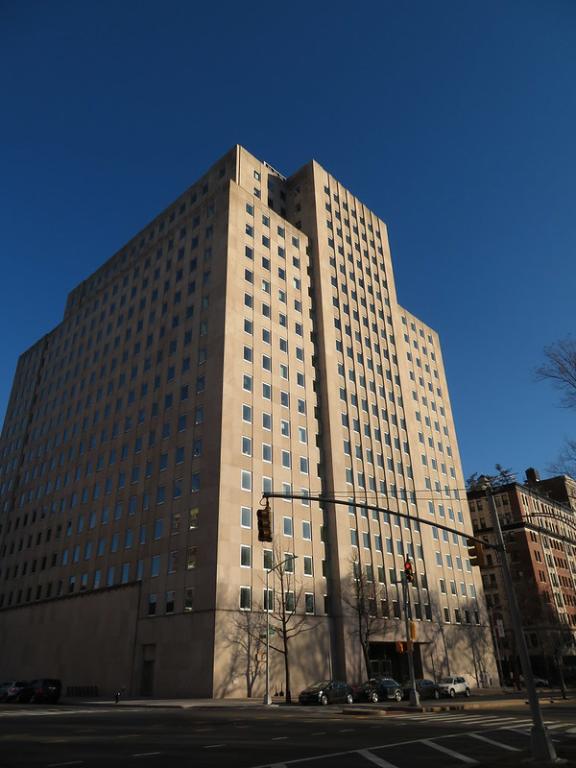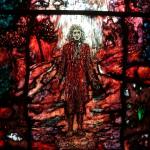The Mainline Protestant churches had long played the role as America’s conscience. After their collapse, neither Evangelicals nor Catholics have been able to fill the void. So argues Jake Meador of Mere Orthodoxy. I myself was a first-hand witness of both that influence and its collapse.
In his post Evangelical Sociology vs. Mainline Sociology, Meador notes that most discussions of the difference between evangelicals and mainline liberal Protestants are theological. That is valid, of course, but he proposes another kind of distinction: the sociological.
Evangelicals, he says, have always been outsiders to American culture. This is because of its fundamentalist heritage of separating oneself from the sinful world. Even as evangelicals have moved away from that–to the point of sometimes today being too eager to please–they still tend to assume that they are different from the mainstream “non-Christian” society, which they want to convert but do not really feel a part of. On the other hand, Meador says,
The American mainline has never regarded itself as being sociologically outside the American mainstream. Rather it was the American mainstream to a large degree. In his excellent book An Anxious Age Joseph Bottum argues that American civic society for much of the post-Civil War era and especially in the 20th century was built on the three legged stool of the government, the market, and the church—by which he meant the Protestant Mainline. Bottum’s claim, one which I found quite persuasive by the time I finished, was that the single most significant factor in the transformation of American civic society over the past several decades has been the collapse of the Protestant mainline.
The reason why isn’t hard to understand. The American market generated wealth. The American government utilized that wealth to create power and security and opportunity. The American church, therefore, was necessary to provide moral guidance. She helped the market and government know what to aim for, you might say, or perhaps what not to aim for. The church, meaning the Protestant Mainline, was the moral conscience of the American social order.
As the Mainline has collapsed, no serviceable replacement has been found.
Evangelicalism couldn’t fill that void, for the reasons given above. Neither could Catholicism, another outsider religion. So today, both government and business operate without the benefit of a broadly-accepted “moral conscience.”
My first thought after reading Meadow’s post was to be skeptical. Mainline liberal Protestants make a point of conforming to whatever the culture dishes out. When did they function as a “moral conscience of the American social order,” which would imply sometimes calling that social order to account? Then I remembered, having grown up in mainline liberal Protestantism at both its high point and the beginning of its decline.
Mainline Protestants really did exert a powerful moral influence in persuading average Americans to accept the Civil Rights Movement. I saw that with my parents and more broadly in the small Oklahoma town I grew up in. Despite its history of rampant racism and segregationism, our community, like so many others, moved away from that, culminating in the widespread support on the part of Americans for the Civil Rights Act of 1964. I think the Methodists, Presbyterians, Episcopalians, and other mainline churches–including my own Disciples of Christ–that had deep roots in American communities and in the lives of the people who lived there deserve a lot of credit for that.
There was a palpable excitement in those days about the possibilities of the church actually changing the nation for the better. I heard it in youth groups, church camps, state conferences, and church publications. When I was 17, I got to go to New York City and Washington, D.C., along with 30 or so of my peers, as part of a denominational youth initiative.
During this trip, I saw first-hand the influence of Mainline Protestantism and also why that influence collapsed. That trip also proved to be a turning point for me spiritually.
I’ll tell you all about that in tomorrow’s post. . . .
Photo: The Interchurch Center, Morningside Heights, New York, New York by Ken Lund via Flickr, CC BY-SA 2.0. [This 19-story building, funded by John D. Rockefeller, was the headquarters of the National Council of Churches from its dedication in 1958–presided over by President Dwight Eisenhower, with the assistance of Secretary of State John Foster Dulles–until 2013, when the much shrunken NCC left the building. The Interchurch Center, which was the nicknamed “the God Box,” still houses a few ministries of mainline liberal Protestantism. Note the architecture of the building–which uncritically follows the drab, boxy, unornamented aesthetic of modernist architecture–as an expression of the nature of the theological liberalism of the 20th century.]













